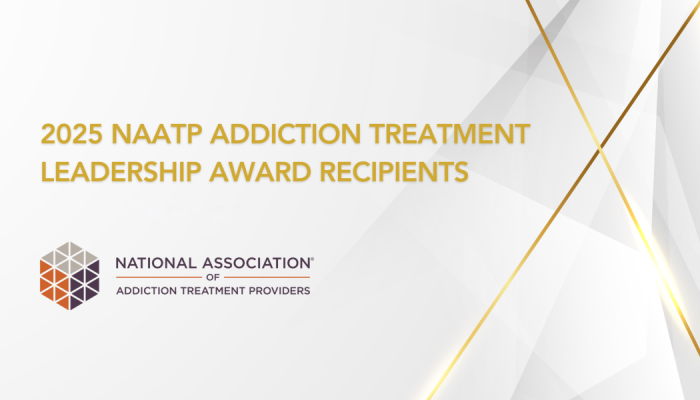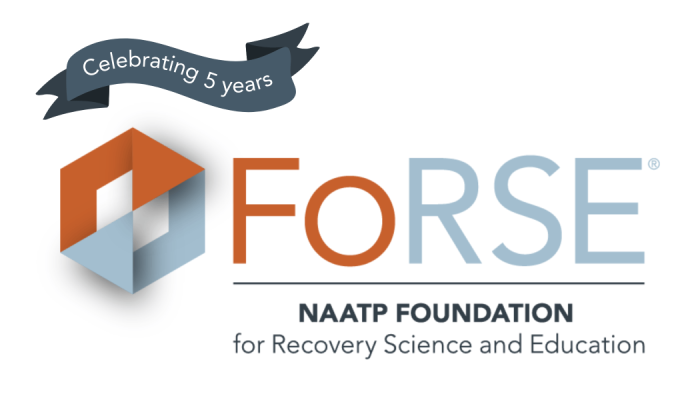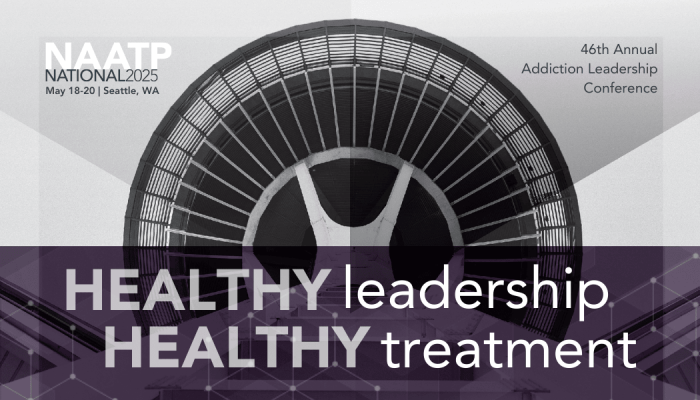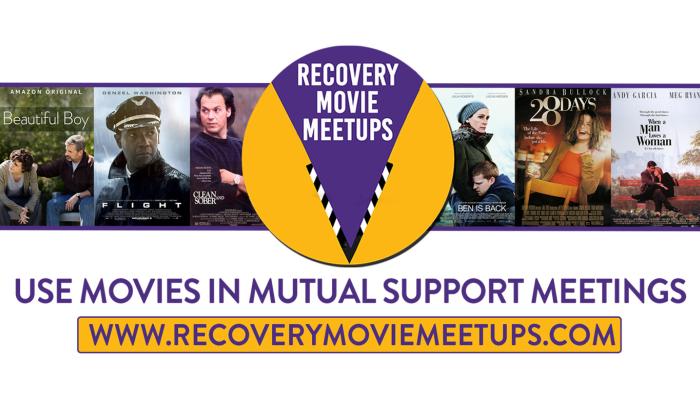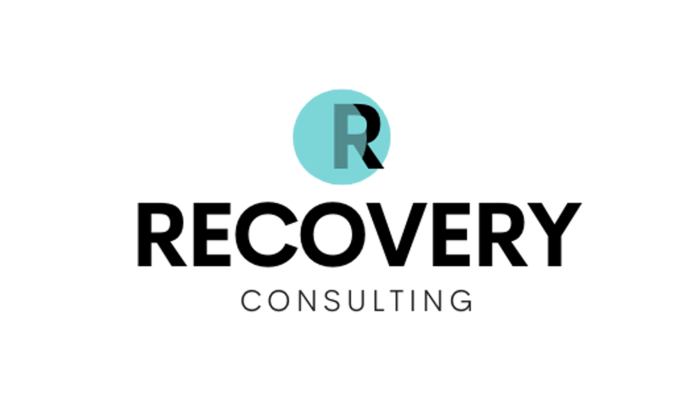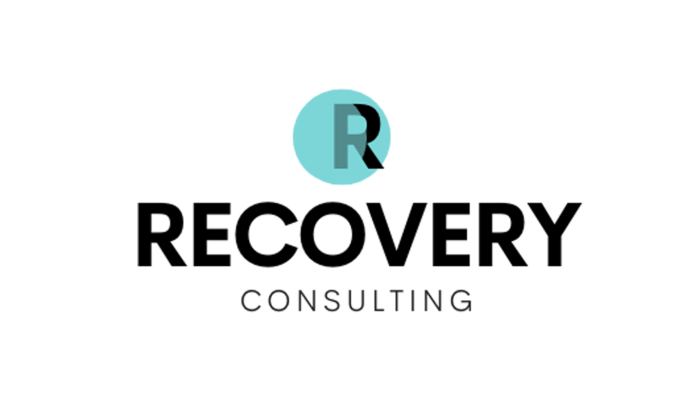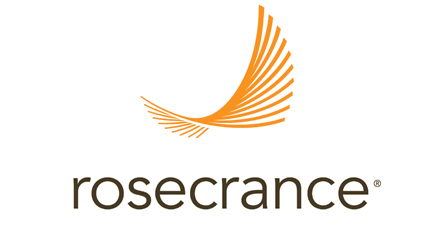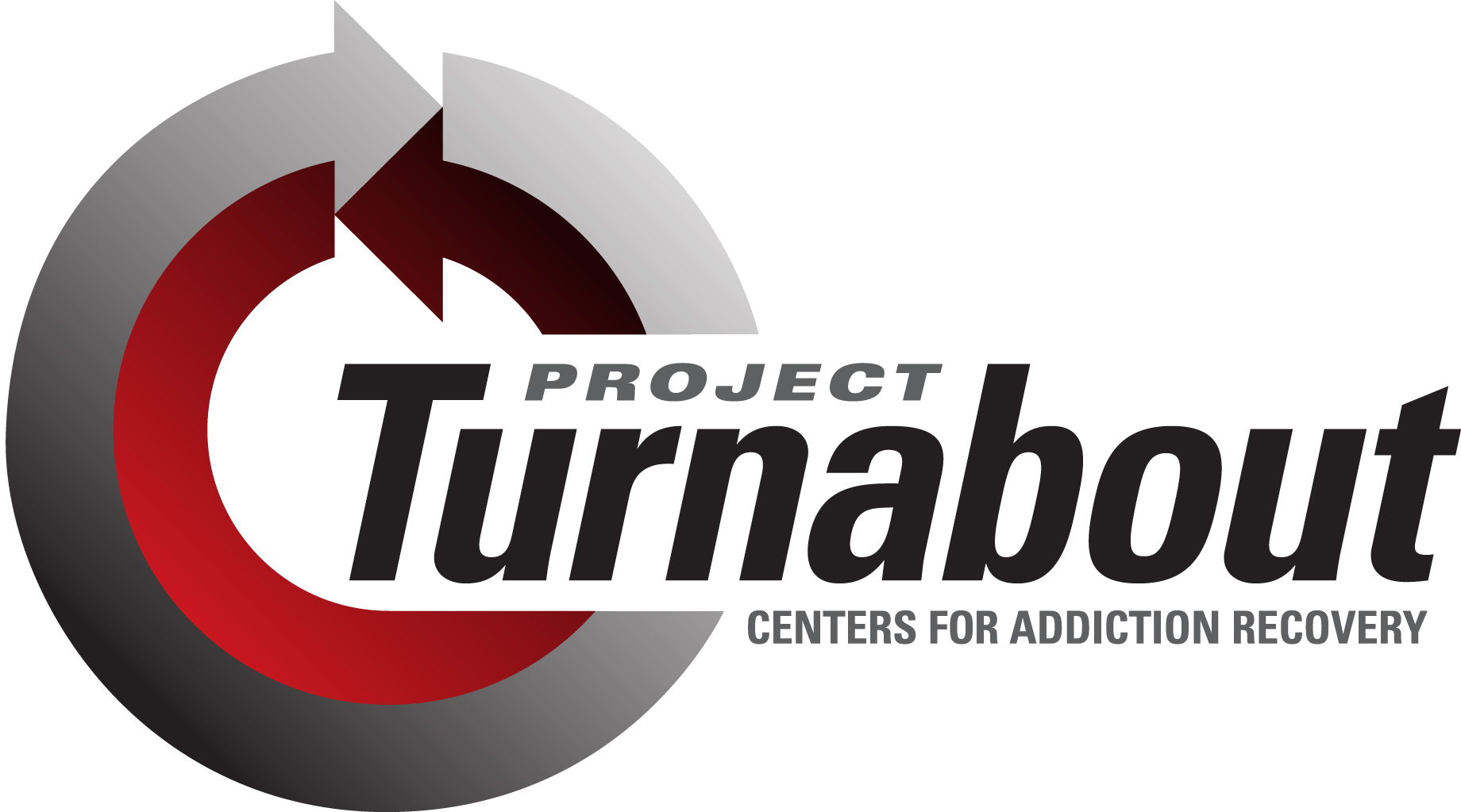Addiction is different for every single person experiencing it. Factors like co-occurring mental illnesses, trauma, and the severity of substance use mean that each patient requires a tailored treatment plan. To further this goal, professionals utilize a variety of evidence-based approaches when treating drug and alcohol addiction. This non-exhaustive list covers the most common methods used by rehabilitation centers and private practices nationwide.
Cognitive-Behavioral Therapy (CBT)
Cognitive-behavioral therapy, abbreviated as CBT, is a type of psychotherapy. This conversational approach involves structured one-on-one sessions with a mental health counselor. CBT therapists aim to reshape patients’ negative thoughts: a change that empowers those in recovery to meet life's challenges.
CBT can be a very effective treatment for mental disorders and addiction, either alone or in combination with other therapies. It helps those in early recovery to manage symptoms, prevent relapse, learn coping mechanisms, and overcome emotional trauma.1 Through a goal-oriented approach, CBT participants will discuss thoughts and feelings with their therapists. Sessions cover topics like resilience, stress management, assertiveness, and relaxation.
Counseling: Individual and Group
Counseling can take place in individual or group settings.
Individual Counseling: By speaking with a licensed counselor on a one-on-one basis, a person in recovery can gain a better understanding of their addiction and the factors contributing to it. This approach is also called “talk therapy.”
Group Counseling: In group therapy, recovering individuals share their stories and learn from the experiences of others, decreasing feelings of loneliness and isolation common to active addiction. These meetings are sometimes called “process groups.”
Dialectical Behavioral Therapy (DBT)
Developed in the 1980s as a treatment for borderline personality disorder, dialectical behavior therapy is a type of CBT focused on behavioral skill development. These lessons equip participants with in-the-moment tools to manage emotions, improve relationships, resolve conflict, and handle stress. Outcomes data indicates that DBT successfully treats addiction and various mental health diagnoses.2
Through individual therapy sessions and group education, dialectical behavior therapy promotes skill-building in four key areas.
- Mindfulness – Accepting and being present in the moment.
- Distress Tolerance – Coping with negative feelings rather than seeking to escape them.
- Emotion Regulation – Learning to manage and change intense, problematic emotions.
- Interpersonal Effectiveness – Becoming more assertive and prioritizing self-respect.
Experiential Therapy
When most people picture addiction treatment, they think of traditional talk therapy: a series of conversations spread over several sessions. However, hands-on learning can also be a powerful tool for those in early recovery. Experiential therapy is effective for the treatment of substance use disorders because it deeply engages the patient’s emotions. Participants explore subconscious thoughts and feelings through guided imagery, role-playing, and other activities. In this way, people who cannot articulate complex emotions (or convey the details of their trauma) may begin processing them.
Examples of experiential therapy include:
- Art therapy
- Music therapy
- Equine therapy and other animal-assisted therapies
- Creative writing or poetry therapy
- Adventure therapy (wilderness expeditions, ropes courses, ziplining)
- Play therapy
- Drama therapy (psychodrama)
Eye Movement Desensitization and Reprocessing (EMDR)
Eye movement desensitization and reprocessing (EMDR) is a psychotherapeutic treatment designed to address the emotional distress and symptomology associated with trauma.3 More than 30 positive controlled outcomes studies have been done on EMDR therapy since its creation in the 1980s.
EMDR is an eight-phase treatment involving the combination of eye movement and a variety of other elements. It requires participants to consider three time periods: the past, present, and future. By analyzing past trauma, patients work through current distress and develop the attitude required for positive future actions.
Family Treatment Approach
Family involvement is key to the resolution of any chronic health issue, and addiction is no exception. Because everyone close to the patient experiences the harmful effects of substance use, the primary challenge of rehabilitation is broadening the treatment focus from the individual to the entire family.4
In family therapy, a counselor facilitates discussions and problem-solving sessions with the entire group, as well as with select individuals or subgroups. In many cases, an educational component is included so that spouses, siblings, parents, and children better understand the disease model of addiction.
Motivational Interviewing
Building upon Carl Rogers’ person-centered approach, motivational interviewing is a counseling method that incentivizes participants to change their behavior. It is most effective for the treatment of addiction and the management of physical illnesses and ailments.
Through motivational interviewing, therapists inspire patients to alter behaviors that negatively impact their health.5 This modality is ideal for addicted individuals who are unmotivated or unprepared for change. It is also effective when treating those who are hostile to the idea of transformation.
Psychodynamic (Supportive-Expressive Therapy)
Psychodynamic therapy draws from the theories of psychoanalysis. This modality helps patients boost awareness of unconscious thoughts and behaviors, develop insights into motivations, and resolve conflicts.
Psychodynamic therapy consists of open conversation about current concerns, fears, desires, and goals.6 It is distinguished from similar modalities by its emphasis on overcoming contradictory feelings. Processing these repressed emotions empowers patients to understand how their past affects their current decision-making, behavior, and relationships.
Relapse Prevention
All addiction treatment programs focus on preventing relapse, but the term “relapse prevention” refers to a specific intervention. A skills-based, cognitive-behavioral approach, relapse prevention seeks to identify potentially triggering situations and provide tools to overcome them.7
Relapse prevention strategies include:
- Challenging positive expectations surrounding substance use.
- Developing coping skills that address potential relapse triggers.
- Learning how to say “no” in a clear, assertive way.
- Planning for emergencies: sudden, intense urges and cravings.
- Reinforcing confidence in the ability to abstain from drug and alcohol use.
- Participating in the cognitive restructuring of thinking traps and cognitive distortions.
Twelve-Step Facilitation (TSF)
This type of facilitation is an engagement strategy designed to inspire active affiliation with twelve-step self-help groups. The three key ideas of twelve-step facilitation are acceptance of the disease model of addiction, surrender of oneself to a higher power and adherence to recovery activities, and active involvement in AA or NA meetings and related activities.8
This approach helps patients achieve lasting recovery, connects them with a community of supportive peers, and provides access to a judgment-free environment.
Healing Starts Here
Since its founding in 1978, The National Association of Addiction Treatment Providers has provided leadership, advocacy, training, and support to ensure the highest quality of addiction treatment. If you or a loved one are struggling with addiction, there is hope. Browse the NAATP Addiction Industry Directory to find licensed addiction service providers near you.
Citations
[1] Mayo Foundation for Medical Education and Research. (2019). Cognitive-behavioral therapy. Mayo Clinic. Retrieved March 31, 2023, from https://www.mayoclinic.org/tests-procedures/cognitive-behavioral-therapy/about/pac-20384610
[2] Sussex Publishers. (n.d.). Dialectical behavior therapy. Psychology Today. Retrieved March 31, 2023, from https://www.psychologytoday.com/us/therapy-types/dialectical-behavior-therapy
[3] What is EMDR? EMDR Institute, Inc. (n.d.). Retrieved March 31, 2023, from https://www.emdr.com/what-is-emdr/
[4] National Library of Medicine. Substance abuse treatment and family therapy. National Library of Medicine. Retrieved March 31, 2023, from https://www.ncbi.nlm.nih.gov/books/NBK64269/
[5] Sussex Publishers. (n.d.). Motivational interviewing. Psychology Today. Retrieved March 31, 2023, from https://www.psychologytoday.com/us/therapy-types/motivational-interviewing
[6] Sussex Publishers. (n.d.). Psychodynamic therapy. Psychology Today. Retrieved March 31, 2023, from https://www.psychologytoday.com/us/therapy-types/psychodynamic-therapy
[7] Relapse prevention (RP) (MBRP). Recovery Research Institute. (2019). Retrieved March 31, 2023, from https://www.recoveryanswers.org/resource/relapse-prevention-rp/
[8] Nowinski, J., Carroll, K., & Baker, S. (n.d.). Twelve-step facilitation therapy manual. Retrieved March 31, 2023, from https://pubs.niaaa.nih.gov/publications/ProjectMatch/match01.pdf




